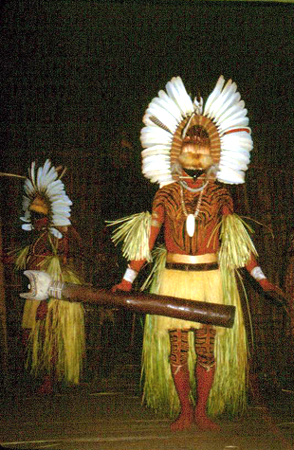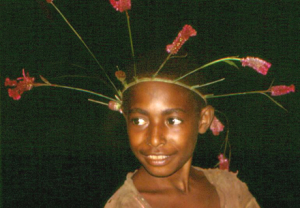(Boylove Documentary Sourcebook) - On the Gebusi People of Papua New Guinea

From the introduction to the paperback edition of Ritualized Homosexuality in Melanesia, edited by Gilbert H. Herdt (Berkeley: University of California Press, 1993), quoting the review essay on the first edition of the same book (1984), "Homosexuality in Melanesia" by Bruce M. Knauft, in The Journal of Psychoanalytic Anthropology, Vol. 10, No. 2 (Spring 1987).
We are dealing, in Melanesia, with one of the most complex and intricate sexual systems in culture that has ever evolved. These are ontologies in which adult men develop multiple desires that are approved by their societies; hence they develop more than one sexual subject/object relationship, which is quite different from the Western norm. It is an elaborate ritual and mythological tradition that defies any easy categorization of functions and causes, pitting psyche against culture, as some theorists might like. In his study of the Gebusi tribe of central New Guinea, Knauft has come closest to capturing the scope of the system at play.
In early adolescence (ages 11–14) boys extend their affection to older unrelated males in the community by establishing homosexual relationships with them—i.e., being their fellators. Rather than being based on subordination or domination, these relations tend to be coquettishly initiated by the young adolescents themselves. The ideological reason for insemination is to “grow” the boys into men, but homosexuality appears for all practical intents and purposes to be grounded in personal affection rather than obligation.
